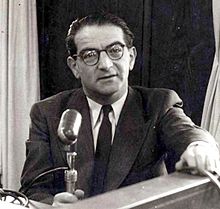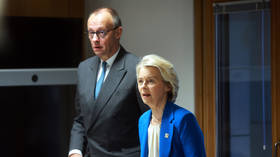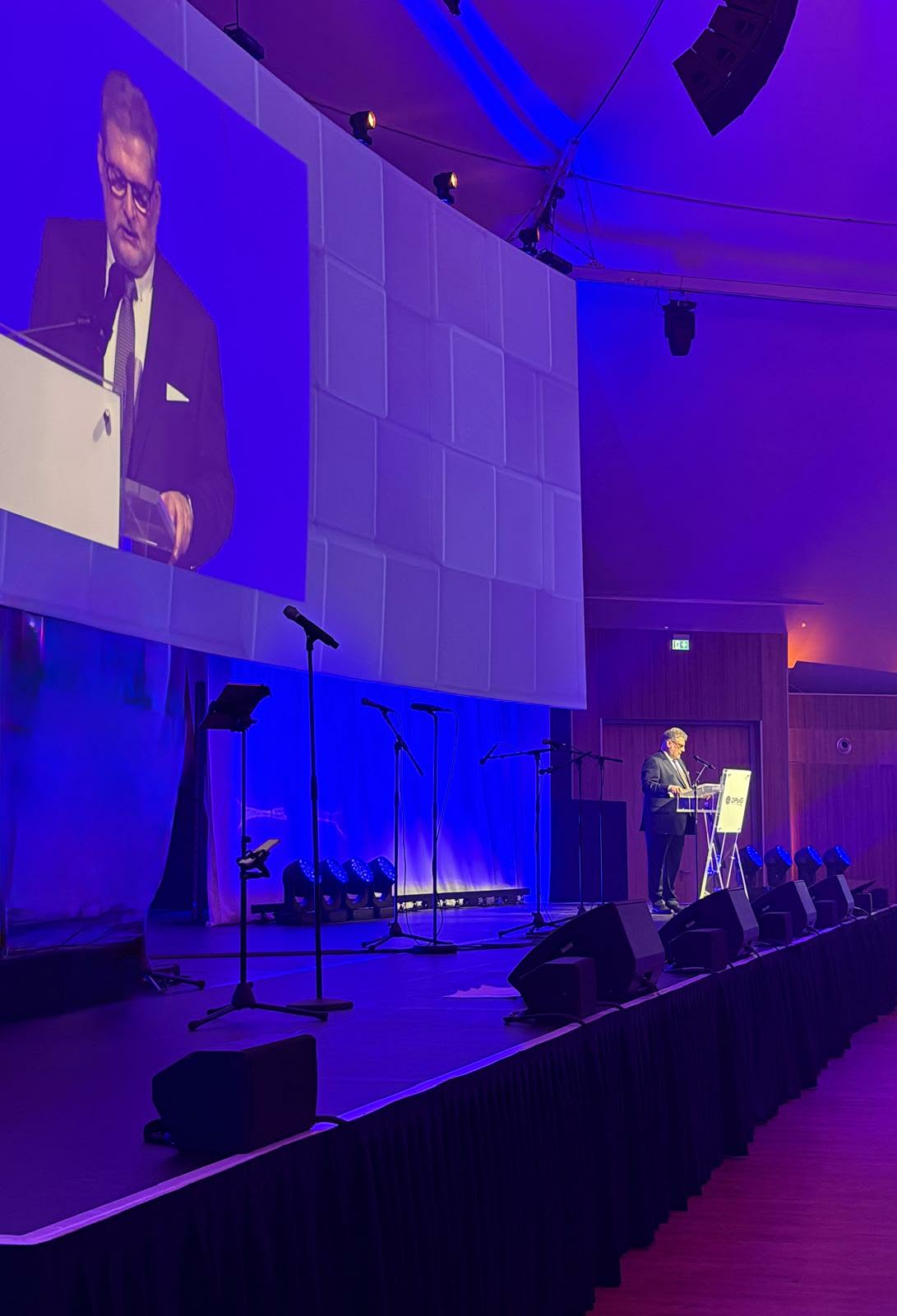
$67 In France And $798 In US – Why Prescription Drug Prices Are So High In America
Authored by Lawrence Wilson via The Epoch Times (emphasis ours),
Prescription drugs cost more in the United States than anywhere else in the world. President Donald Trump and some bipartisan senators want to change that.
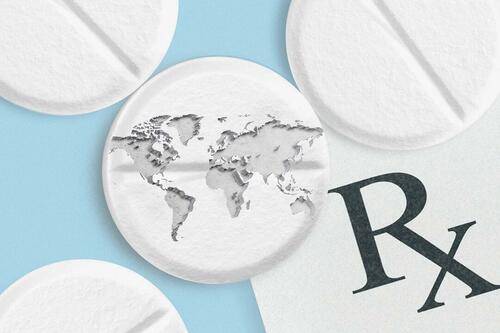 Illustration by The Epoch Times, Shutterstock
Illustration by The Epoch Times, ShutterstockTrump has so far issued several actions related to prescription drug prices. The latest, announced May 12, is a Most Favored Nation Prescription Drug policy, requiring pharmaceutical companies to offer their lowest price to U.S. customers.
An earlier order aimed to ensure that the middlemen in the drug supply chain can’t hold on to rebates provided by pharmaceutical companies and instead must pass savings on to Medicare beneficiaries.
In all, the president has taken at least a dozen actions to reduce prescription drug costs, while no less than nine Senate bills aim for the same results.
Some of these ideas have been introduced before.
Trump’s Most Favored Nation pricing plan was introduced near the end of his first term.
The plan was stalled by court challenges, and President Joe Biden dropped it shortly after taking office.
A plan to make vendors pass manufacturer discounts on to Medicare beneficiaries was proposed in 2020. Biden rescinded it before it took effect.
There have been modest successes, including a pilot program begun by Trump in 2020 to cap insulin costs for Medicare Part B beneficiaries at $35 per month. At the time, a single vial of insulin cost about $100 in the United States.
That program was a success, and the idea was later broadened to include all Medicare beneficiaries through the Inflation Reduction Act of 2022. By 2024, most major drug companies had voluntarily limited out-of-pocket expenses for insulin for all U.S. customers to $35.
Yet Americans still pay nearly three times as much for prescription medication as any peer nation, often even more.
Trulicity, a medication for Type 2 diabetics, was listed for $67 in France, according to a 2021 Government Accountability Report. In the United States, it cost $798.
Meanwhile, Remlivid, an oral cancer medication, was listed for $4,723 in Australia. In the United States, it was listed at almost five times that price: $22,048.
Why? One answer is that other governments leverage the power of their national health plans to control pricing, while the United States lacks a comprehensive national prescription drug strategy.
The solution, according to at least one senator, is to stop putting patches on a broken system and take a comprehensive approach to regulating the entire pharmaceutical supply chain.
How Others Do It
Some nations can negotiate low prices for prescription drugs because they have national health care plans, which gives them near complete control over the drug market. Here’s how that works for some, according to the Government Accountability Office.
Australia
Australia has a national health care system that is partly administered by state, territorial, and local governments.
Prescription drug pricing is set at the national level, starting with an assessment of the drug’s value. That assessment is made by Australia’s independent Pharmaceutical Benefits Advisory Committee, which evaluates new drugs for cost-effectiveness and may recommend them for inclusion on the list of approved medications under the national health plan.
That decision is made by Australia’s national minister of health, who then negotiates with the manufacturer to determine a price. Among other considerations, the health minister evaluates the impact of adding the drug on the country’s budget.
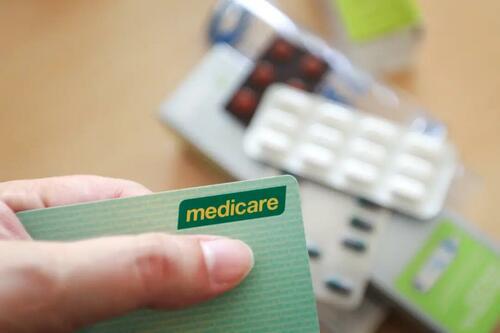 In this photo illustration, an Australian Medicare card is displayed with prescription medicines in Sydney, Australia, on March 25, 2025. Since taking office in January, U.S. President Donald Trump has taken more than a dozen actions to lower prescription drug costs in the United States. Still, Americans pay nearly three times more for medications than other developed nations. Lisa Maree Williams/Getty Images
In this photo illustration, an Australian Medicare card is displayed with prescription medicines in Sydney, Australia, on March 25, 2025. Since taking office in January, U.S. President Donald Trump has taken more than a dozen actions to lower prescription drug costs in the United States. Still, Americans pay nearly three times more for medications than other developed nations. Lisa Maree Williams/Getty ImagesCanada
Canada keeps prescription prices low in two ways. First, Canada’s federal government sets a maximum allowable price for each medication. The government bases this price, in part, on the therapeutic value of the drug. That value may be higher if the drug is the first of its kind, or lower if there are similar drugs already on the market.
Second, the country’s 13 provincial and territorial health plans negotiate pricing jointly with manufacturers, combining the power of their respective markets.
France
France has a national health care system that includes prescription drugs.
The French government negotiates prices with manufacturers based on an assessment of the therapeutic value of the drug. The country also places a cap on total prescription spending.
The Drawbacks
These arrangements significantly lower prescription costs for the government and for patients. But there are drawbacks.
When a U.S. insurance company can’t negotiate an acceptable price from a drug manufacturer, the insurer may choose not to cover the drug. However, another company will often cover it, so patients still have options.
However, when a drug is omitted from a national health plan, it may be more difficult to find it or afford it anywhere in that country.
For example, Signifor, a drug used to treat hormonal diseases, was not available in Ontario, Canada, according to a 2021 study by the Government Accountability Office. Some forms of diabetes drug Trulicity were not available in Australia. Cancer medicine Revlimid 5 milligram and 10 milligram capsules were not available in France.
Or, drugs left off the national coverage list may still be available, but at a higher price.
Drug shortages are another problem.
In countries with national health plans, pharmaceutical companies have less incentive to ensure supply. Companies will favor markets where there is more potential for profit.
“[Drug] shortages are a natural outcome of imposing prices divorced from free market processes,” Jeremy Nighohossian, a senior fellow at the Competitive Enterprise Institute, a libertarian think tank, told The Epoch Times.
Stephen Ubl, president and CEO of Pharmaceutical Research and Manufacturers of America, said, “Importing foreign prices from socialist countries would be a bad deal for American patients and workers,” in a May 12 response to Trump’s plan.
Read the rest here…
Tyler Durden
Sun, 05/25/2025 – 15:10






